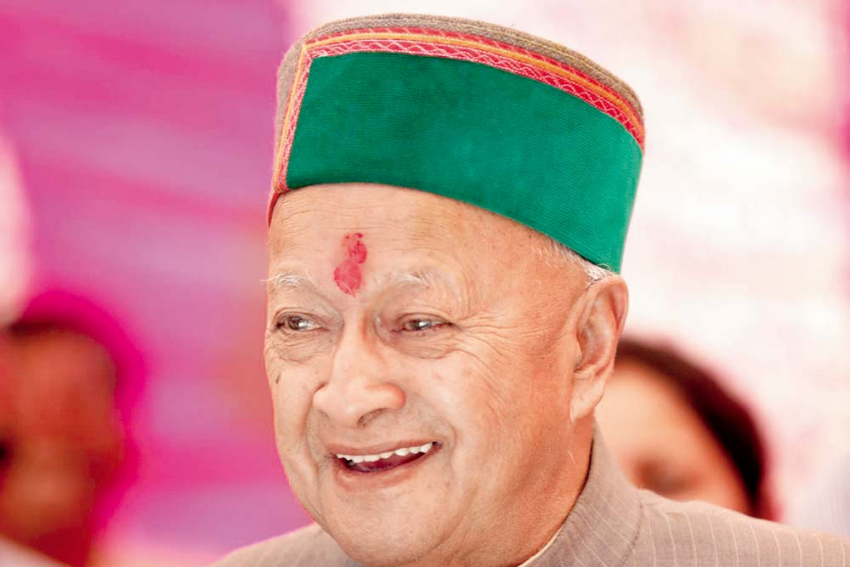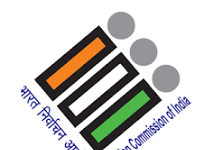
For more than five decades, Virbhadra Singh, or Raja Sahib, a scion of the Rampur-Bushahr royal family, ruled not a kingdom, but the hearts of the people of Himachal Pradesh. At 3:30 a.m. on Thursday, the six-time chief minister, nine-time state legislator, and five-time member of Parliament died at Indira Gandhi Medical College and Hospital in Shimla.
He began his political career at the age of 27 with the Lok Sabha elections in 1962, as part of the older generation of the Congress, not just in the state but across the country. He went on to serve four more terms in Parliament, though not consecutively, in 1967, 1971, 1980, and 2009.
Seasoned at Centre, back to state
His first term as state chief minister began in 1983 and ended in 1990, when he was succeeded by BJP’s Shanta Kumar. In 1983, the Congress high command considered a change of guard in Himachal Pradesh, where Ram Lal Thakur’s government was embroiled in a scandal for sheltering the forest mafia.
Virbhadra, who was well-versed in central politics, assumed command of the state and took a proactive role in developing education and health infrastructure as well as tourism.
He was re-elected chief minister in 1985, 1993, 2003, and 2012. His popularity was such that he was re-elected chief minister in 1985, 1993, 2003, and 2012. In 2009, he was elected to the Lok Sabha and served as Union Minister of Steel and later as Minister of Micro, Small, and Medium Enterprises.
Battles are fought, and wars are won
Virbhadra has weathered nearly every adversity thrown his way, including charges of corruption and waning power within the party. Many of his party rivals threatened him, and he fought back.
Sukh Ram, a Congress veteran, posed a formidable challenge in the early 1990s. In 1993, the Congress won 52 of the 68 assembly seats. Sukh Ram, a close friend of then-Prime Minister Narasimha Rao, wanted to be the chief minister. Sukh Ram had the support of 22 legislators, but Virbhadra, who was known for his political savvy, was able to secure the support of 29 legislators as well as five independent MLAs, forcing the then-Punjab chief minister, Beant Singh, to resign.
In 1998, Sukh Ram threw down the gauntlet to Virbhadra by forming the Himachal Vikas Congress, which won five seats and assisted the BJP in wresting control on March 24 under Prem Kumar Dhumal. The Virbhadra Singh government resigned after Ramesh Chand Choudhary, the lone independent MLA, withdrew his support. The governor, VS Rama Devi, then gave Virbhadra 10 days to prove his majority on the House floor. The hung House resulted from the assembly election, which was held concurrently with the Lok Sabha election.
After a Himachal court filed corruption charges against him, Virbhadra, a Union minister in Manmohan Singh’s UPA-2 government, resigned. His popularity compelled the party’s high command to send him back to the state, where he succeeded Kaul Singh Thakur as state Congress chief and led the party to victory in the 2012 assembly elections.
Vidya Stokes, a senior Congress leader, and Thakur challenged his authority, but they were unable to hold their ground. Former state party chief Sukhvinder Singh Sukhu attempted to challenge Virbhadra, but Virbhadra eventually won.
Unrivaled recognition
None of his party’s or the rival BJP’s state leaders could match Virbhadra’s popularity and public appeal. He listened to people with compassion and was affectionate. In his speeches, he would say, “Meri janata meri sabsay badhi takat hai (People are my greatest strength).”
His public appeal was so strong that he would never campaign in his own constituency after filing his nomination papers, despite the fact that he would easily win. While he toured the state leading the Congress campaign, his trusted lieutenants managed his constituency.




